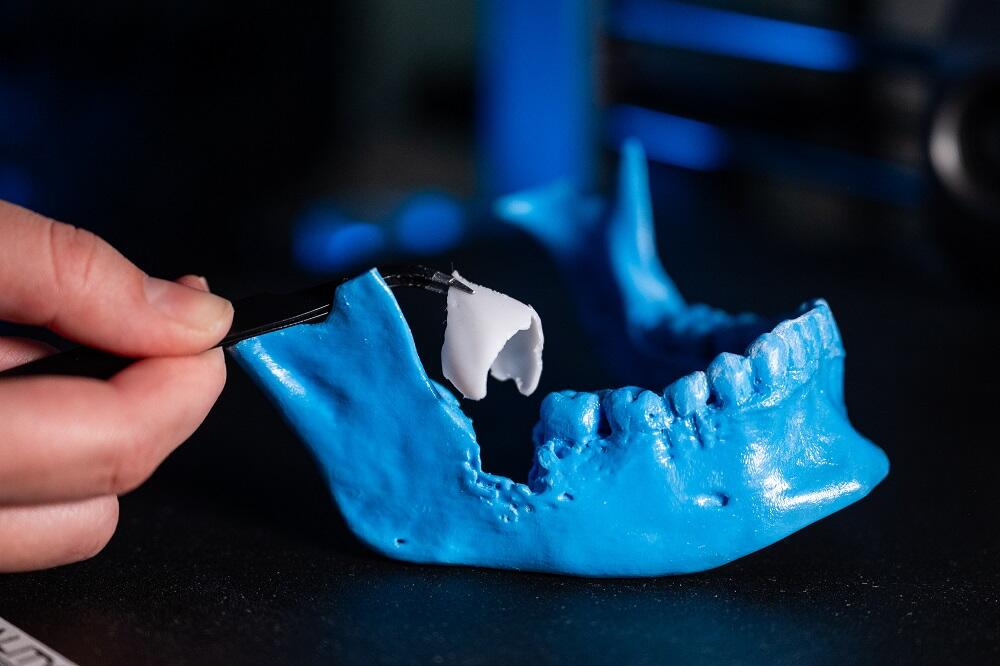A scientist from the National University of Science and Technology MISIS (NUST MISIS) has proposed a fresh neural network alternative for controlling metallurgical furnaces. This alternative could boost energy efficiency by 10 percent. An article on this invention is published in Procedia Computer Science journal.
A neural network adjuster, developed at NUST MISIS, can boost the energy efficiency of metallurgical furnaces whose high power consumption totals up to 100 megawatt, said the inventor, Anton Glushchenko, an assistant professor with the department of information technology and automated control systems at Stary Oskol Technological Institute, a NUST MISIS branch.
As a rule, furnaces are subjected to various perturbations when operating. For example, furnace shutters close and open for loading and unloading metal, and this leads to heat losses. Clogged gas burners reduce fuel incineration efficiency. This serves to change various furnace parameters. The furnaces are usually controlled by linear regulators with preset limits, and the so-called rheonomous constraint (unsteady flow) is not taken into account. This impairs control quality and leads to power losses.
“We are proposing an adaptive control system or a neural network adjuster be established for resolving these traditional problems. The system adjusts the linear regulator’s parameters in real time, so as to guarantee high furnace control quality in all modes, thereby reducing the unit’s power consumption,” Glushchenko told RIA Novosti.
This innovative adjuster combines two intelligent technologies, including neural networks and knowledge databases, he noted. The neural network calculates the best parameters for the furnace’s linear regulator, and it acquires new knowledge during operation, thereby monitoring various changes inside the furnace.
“The neural network’s learning speeds and deadlines are the main issues today. The database reflecting an engineer’s experience in the area of automated production processes is responsible for this. The database describes various situations where it is necessary to adjust the regulator and contains formulas for calculating the neural network’s learning speeds. Unlike other approaches, the use of the neural network adjuster does not call for building a control object model or an obvious reference model. Additionally, it will help monitor the process implementation schedule during the furnace’s changing parameters and compensate for the perturbations influencing the furnace,” the scientist explained.
The adjuster is a functional unit that can be installed inside working memory banks of logical controllers that are widely used in metallurgy. This unit’s ports, outlets and inlets are tied to the controller’s built-in linear regulator and outside indicators.
"The adjuster’s introduction will not require any major expense because, according to hardware and software parameters, the current furnace control system will not change in any way. The use of this approach will make it possible to boost the energy efficiency of metallurgical furnaces by
5-10 percent,’ Glushchenko said in conclusion.
According to NUST MISIS, there are plans to install the adjuster on other systems, and so the adjuster will be upgraded and tested on various electric motors.

